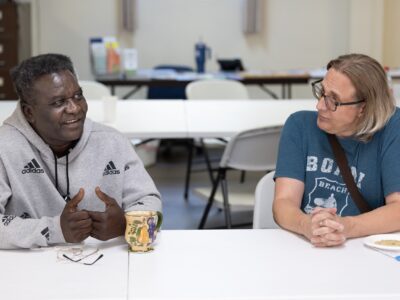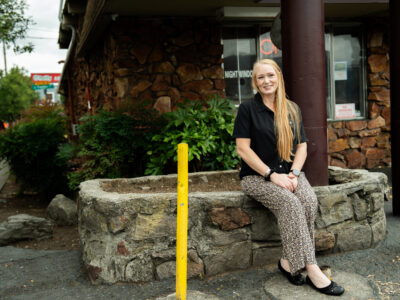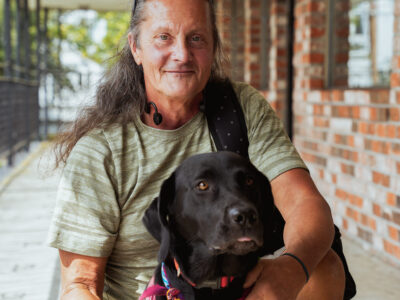Year Three Annual Report
Supportive Housing Services measure helped thousands leave homelessness for housing in Multnomah county last year, annual report shows
The voter-approved Supportive Housing Services (SHS) Measure helped thousands of people leave homelessness for housing last year, while also adding behavioral health, substance use and daytime services, and supporting shelter and street outreach programs.
And in contrast with previous years’ spending, a new annual report from the Joint Office of Homeless Services also makes clear, the Joint Office of Homeless Services spent every new dollar it received from the measure last year and more, and has allocated every other remaining dollar carried over from past years.
Spending challenges in prior years were driven by two factors — revenues that vastly exceeded Metro’s forecasts, as well as staffing and contracting challenges that have since been solved.
Three years in, SHS Measure making major impact
The SHS Measure — approved by voters in 2020, with limited funds first arriving from Metro in 2021-22 — has vastly expanded the resources available to local counties to expand supportive housing, shelter, street outreach and other programs focused on helping people leave homelessness for permanent housing. Three years into the measure, Multnomah County has built up the necessary infrastructure to put the measure’s goals into action.
“I’m proud to say the Joint Office showed strong gains in both performance and spending this past fiscal year, and we have made great strides in our urgency and accountability in relation to this work,” said Multnomah County Chair Jessica Vega Pederson. “What this really equates to is better support for people who are connected to our services. For many, this is a brand-new life.”
“This measure is working and is making a difference in our community, right now,” said Joint Office director Dan Field. “We’ve turned the corner on past underspending, and supported our providers in sheltering and housing thousands as a direct result of this measure.”











